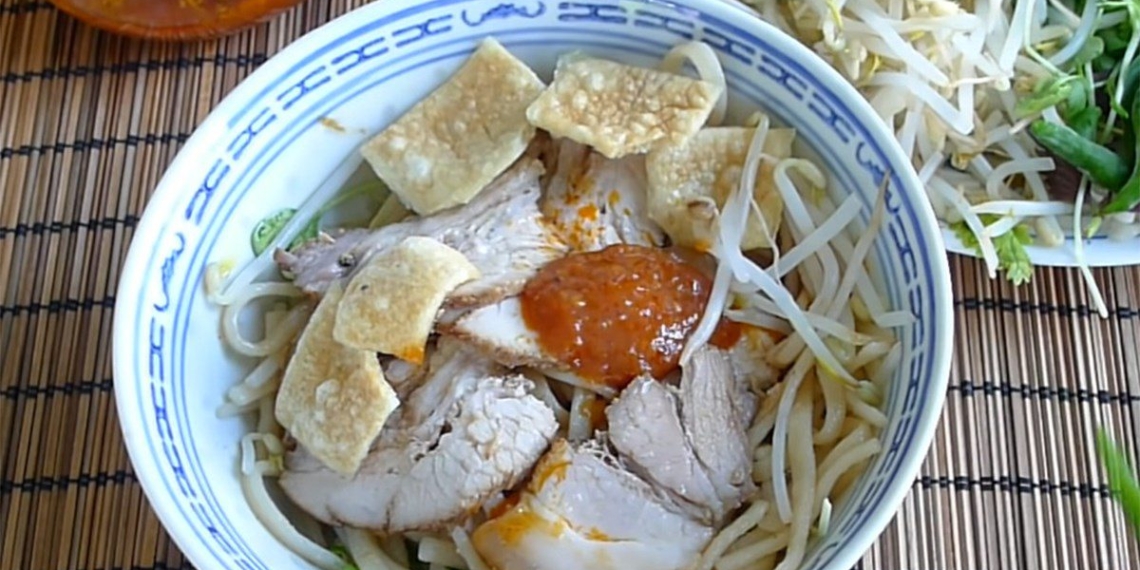-
Preparation
1 hour
-
Cooking
2 hours
-
Difficulty
Medium
Cao Lau is a signature dish of Hoi An cuisine. The rich broth combined with the chewy and thick noodles creates a very unique flavor of the Central region of Quang. Today, let’s get into the kitchen to make this delicious soup dish!
Ingredients for Cao Lau For 4 people
Pork 500 gr (shoulder/ham/belly) Pork bones 500 gr All-purpose flour 200 gr Rice flour 200 gr Tapioca starch 140 gr Garlic 6 cloves (minced) Soy sauce 3 tablespoons Five-spice powder 1 teaspoon Onion 1 bulb Fresh herbs for garnish a bit (Lettuce/Cilantro/Basil) Bean sprouts a bit Common spices a bit (Salt/Pepper/Sugar/Seasoning)
How to choose fresh and delicious pork
- To prevent the meat from drying out during cooking, you should choose cuts that contain some fat to add flavor to the dish.
- For this dish, you can choose shoulder, ham, or belly cuts.
- Select fresh meat that is not watery, with a pinkish-white color. Fresh meat should have high elasticity; when you press it with your hand, it will indent but not leave a mark when you lift your hand away.
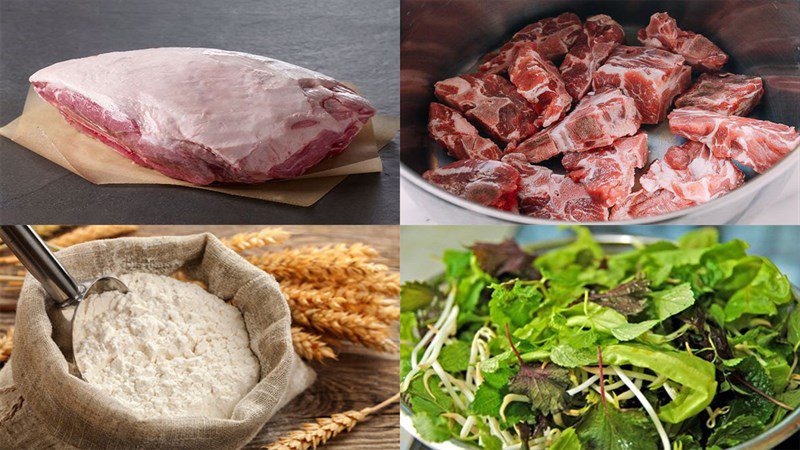
Necessary tools
How to make Cao Lau
-
Mix the flour
Mix 140g of all-purpose flour, 140g of rice flour, and 140g of tapioca flour with 1 teaspoon of salt evenly. The remaining 60g of all-purpose flour and 60g of rice flour should be mixed separately in another bowl.
Gradually add 1/2 cup of hot water and start mixing the flour mixture. When the flour begins to come together with the water, add 2 tablespoons of cooking oil and knead the dough by hand.
Note: During the kneading process, you should add water gradually, little by little, and knead to combine the flour and water. If the dough is dry, add about 1 – 2 teaspoons of water and continue kneading. If the dough is wet, sprinkle some dry flour on it and knead until the desired texture is achieved.
Knead the dough continuously for about 30 minutes until you get a smooth, non-sticky, and non-hard dough. Then, cover it with a cloth and let it rest for about 20 minutes.
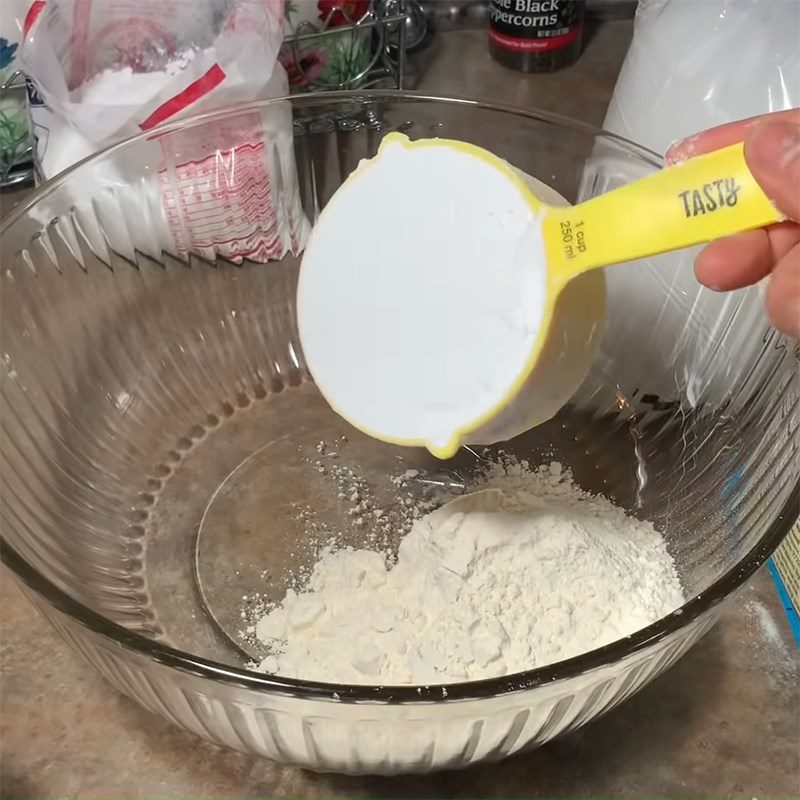
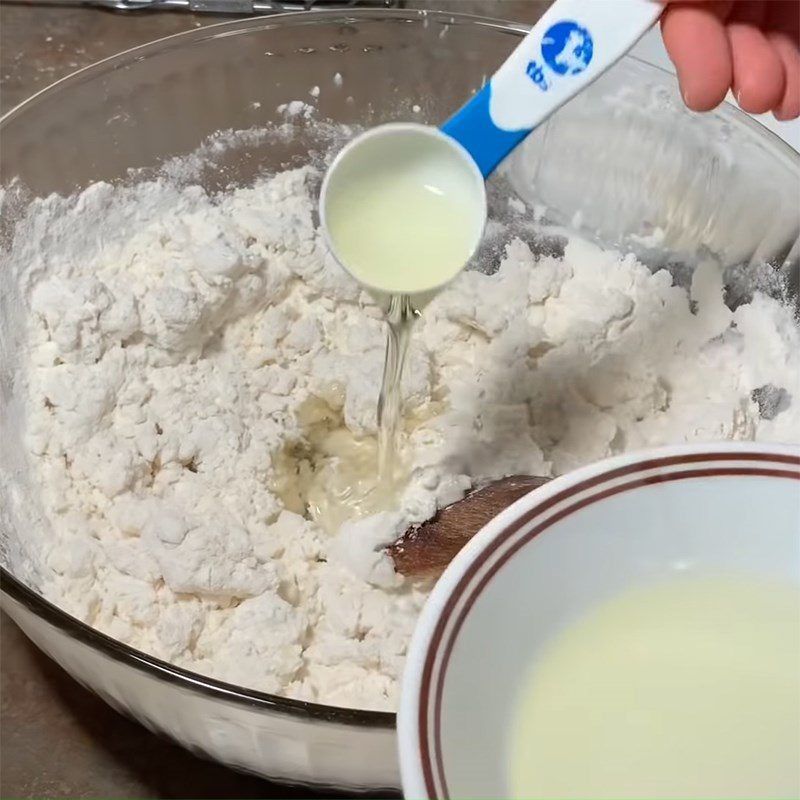
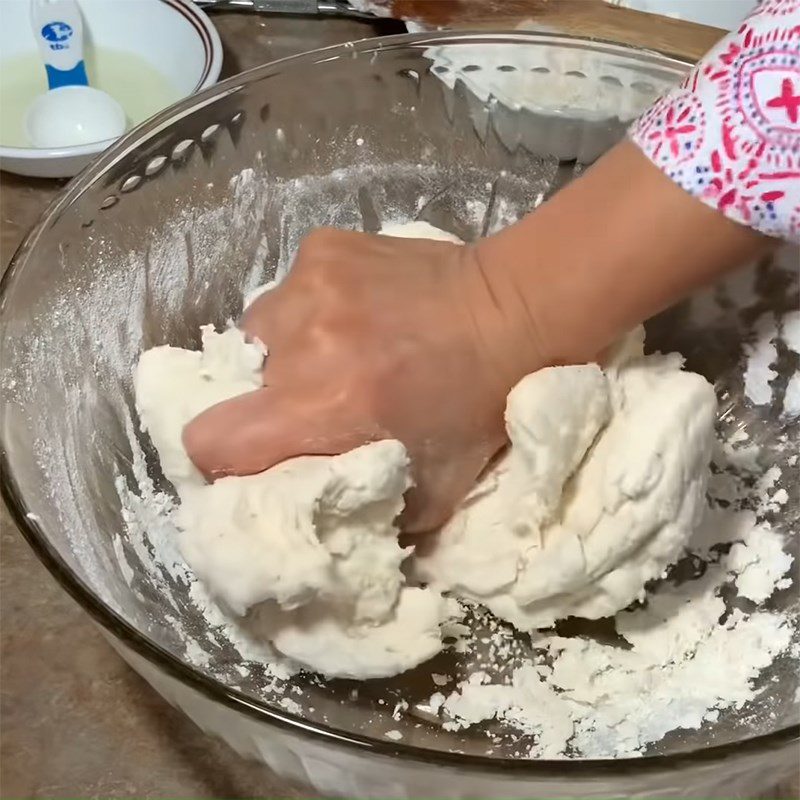
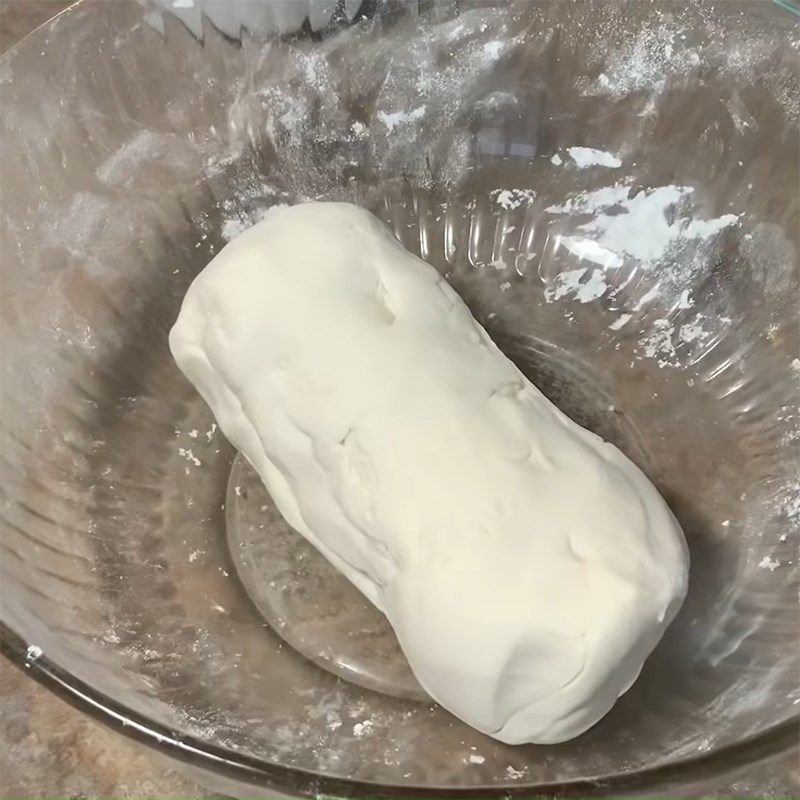
-
Making Cao Lau Noodles
First, divide the dough into 3 equal parts. To prevent the dough from sticking, you need to sprinkle some dry flour on the surface of the cutting board and the rolling pin.
Use the rolling pin to flatten the divided dough into long and thin pieces as shown.
Sprinkle dry flour on the dough pieces and the knife to prevent sticking, then cut the dough into even noodle strands the width of chopsticks.
Place a steamer pot on the stove, line it with a layer of parchment paper, and spread the noodle strands evenly on top. Steam for about 10 minutes until the noodles are cooked.
Note:
- To prevent steam from dripping and wetting the noodles, you should place an additional layer of cloth on the lid of the steamer.
- If you don’t want to steam the noodles, you can also boil them in a pot of water until they are soft.
- You can use dry Cao Lau noodles that are pre-packaged and sold at markets and supermarkets to save time.
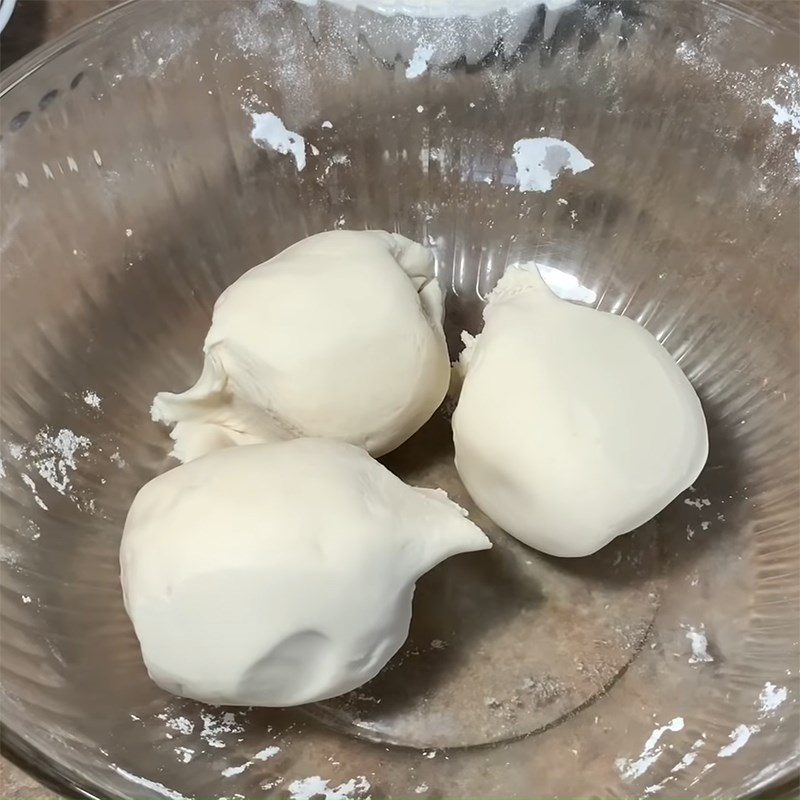
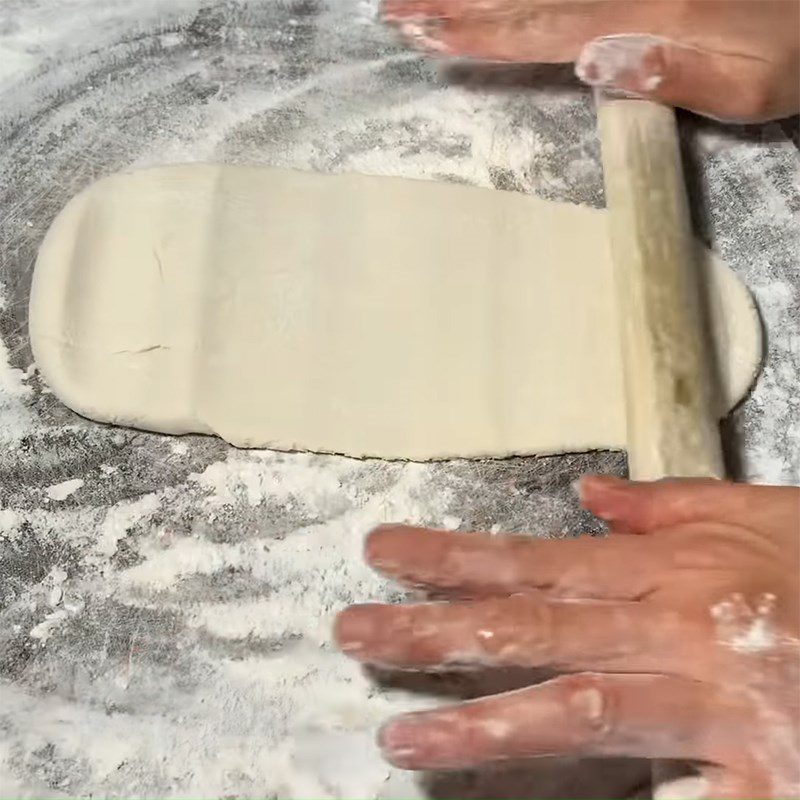

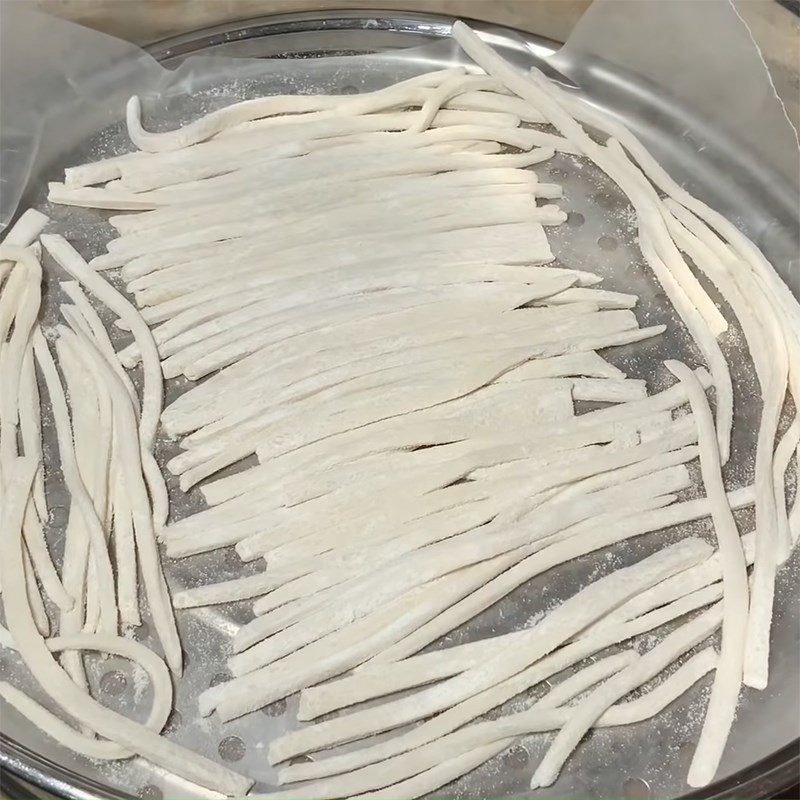
-
Prepare the ingredients
To remove the smell from the pork bones, rinse the pork bones with clean water, then place the bones in a pot with 3 cups of water and boil on high heat for about 10 minutes.
When the water boils and foam rises, remove the bones and rinse them again with water.
To remove the smell from the pork meat, rub coarse salt into the meat and let it sit for about 10 minutes, then rinse with water.
Pick the herbs and wash them thoroughly. After washing, blanch the bean sprouts in boiling water for about 30 seconds until cooked.
Wash the onion and peel its skin.
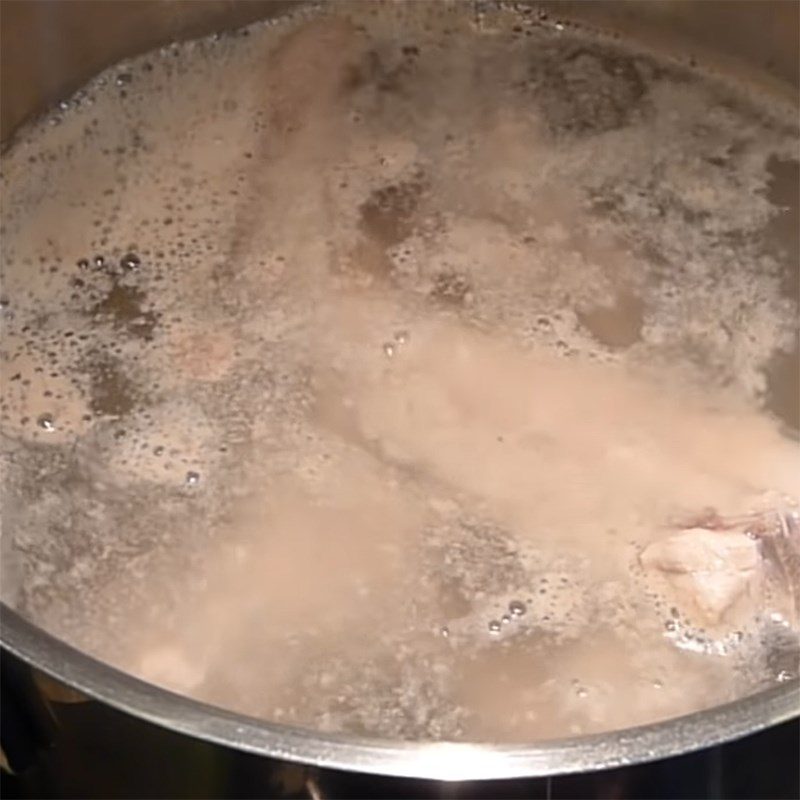
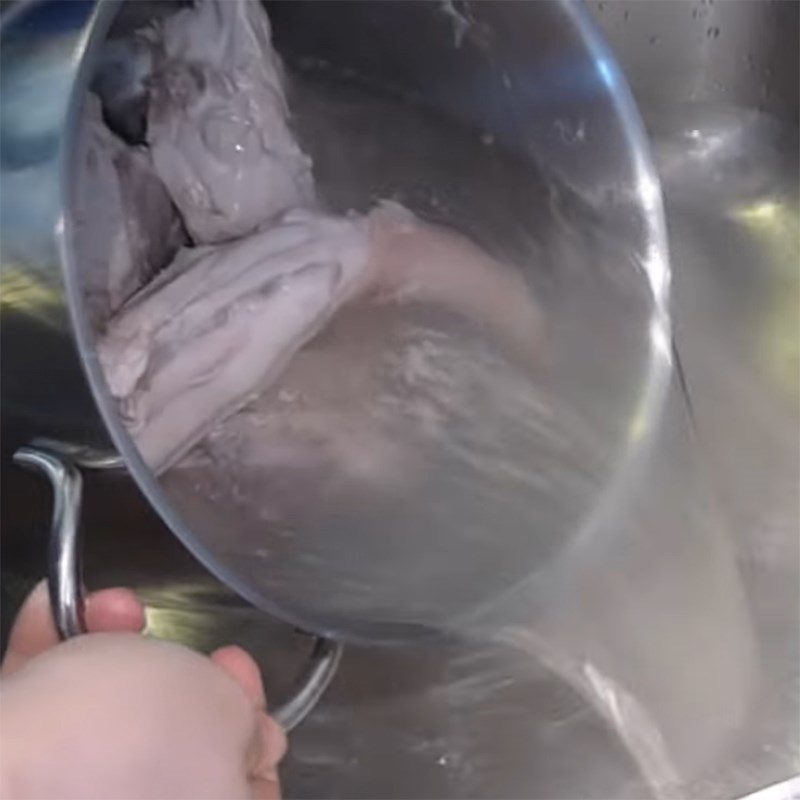
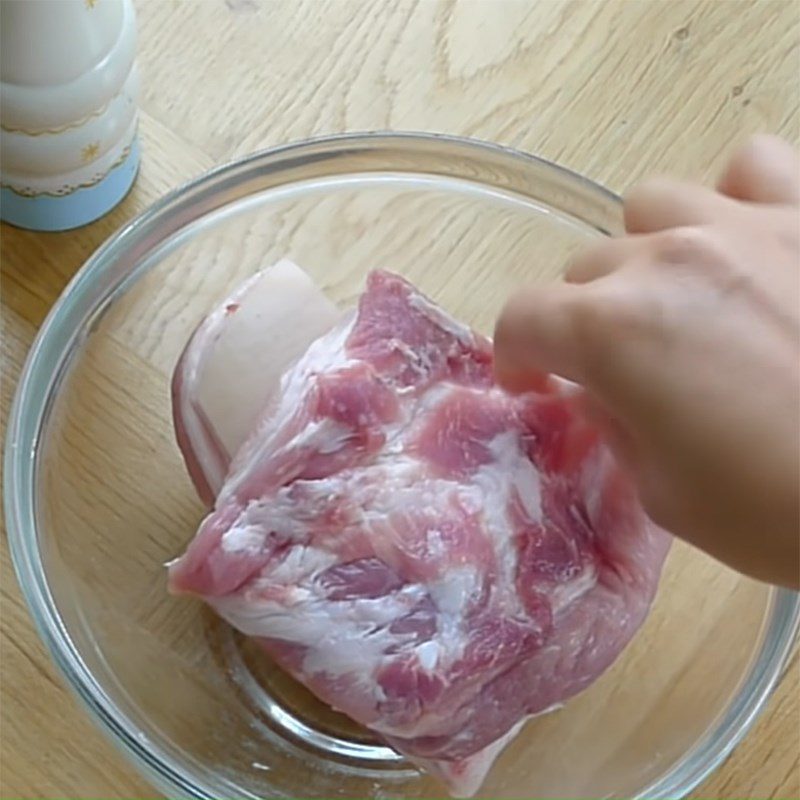

-
Simmer the bones
Place another pot on the stove, then add 3 liters of filtered water, 1 onion, and 1 teaspoon of salt, then add the bones and simmer. Set the heat to medium for about 1 hour and do not cover the pot.
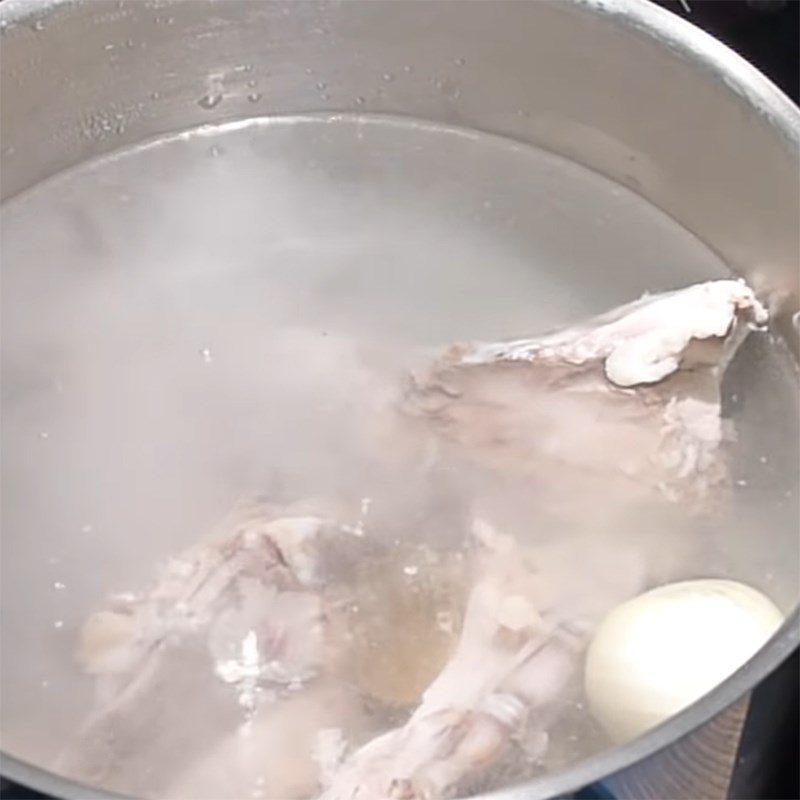

-
Making Char Siu Pork
Marinate 500g of pork with 3 tablespoons of soy sauce, 1 teaspoon of five spice powder, 6 minced garlic cloves, 1/2 teaspoon of salt, 1 teaspoon of seasoning powder, and 1 teaspoon of pepper.
Let the pork marinate for about 30 minutes or overnight to absorb the flavors.
To prevent the marinade from burning and splattering oil while frying, after marinating, you should take the pork out and wipe off the excess marinade on the surface.
Heat a pan with a little cooking oil, then fry the pork on high heat until it turns golden brown and crispy.
Once the surface of the pork is evenly golden, pour out the excess oil and lower the heat. Add all the marinade along with 4 tablespoons of broth.
Simmer the pork for about 30 minutes until it is tender.
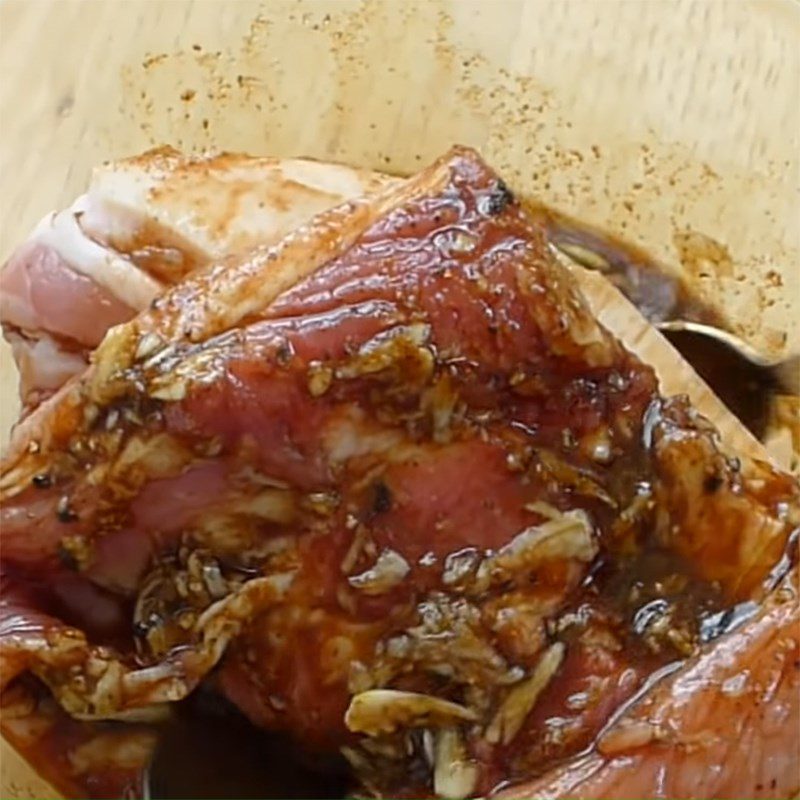
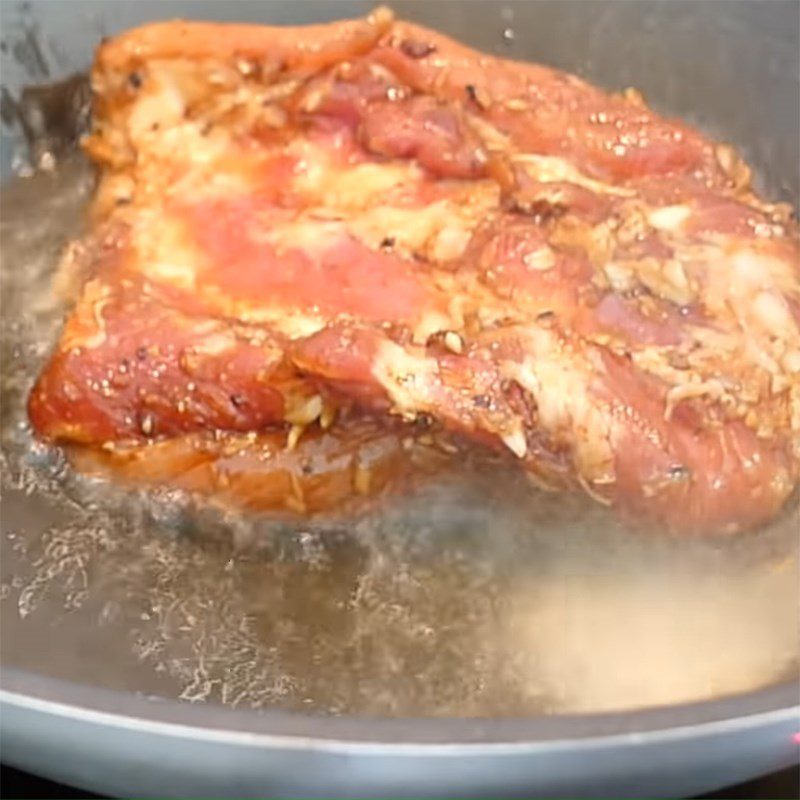
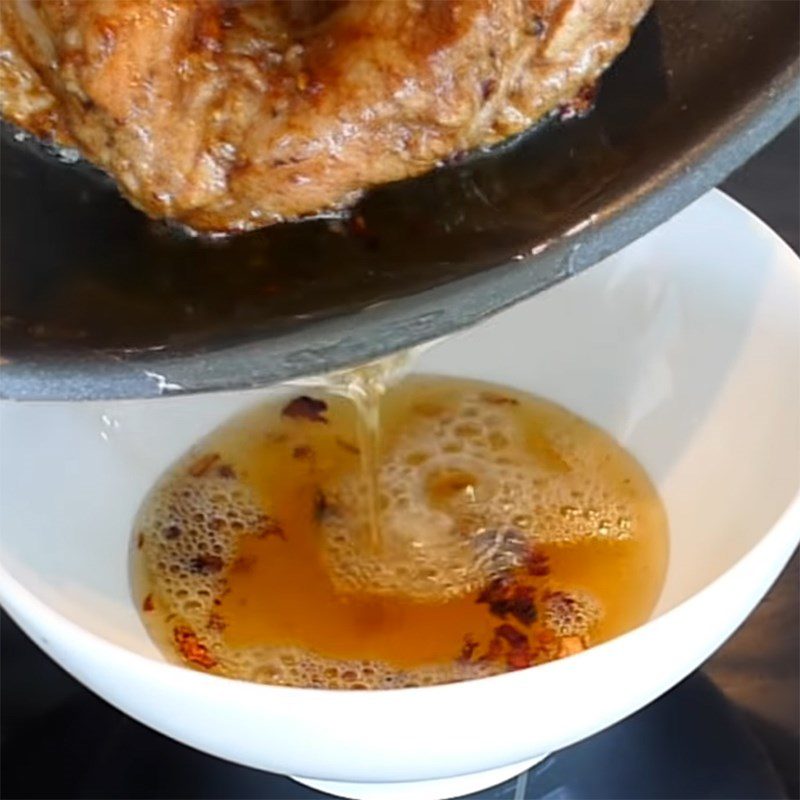
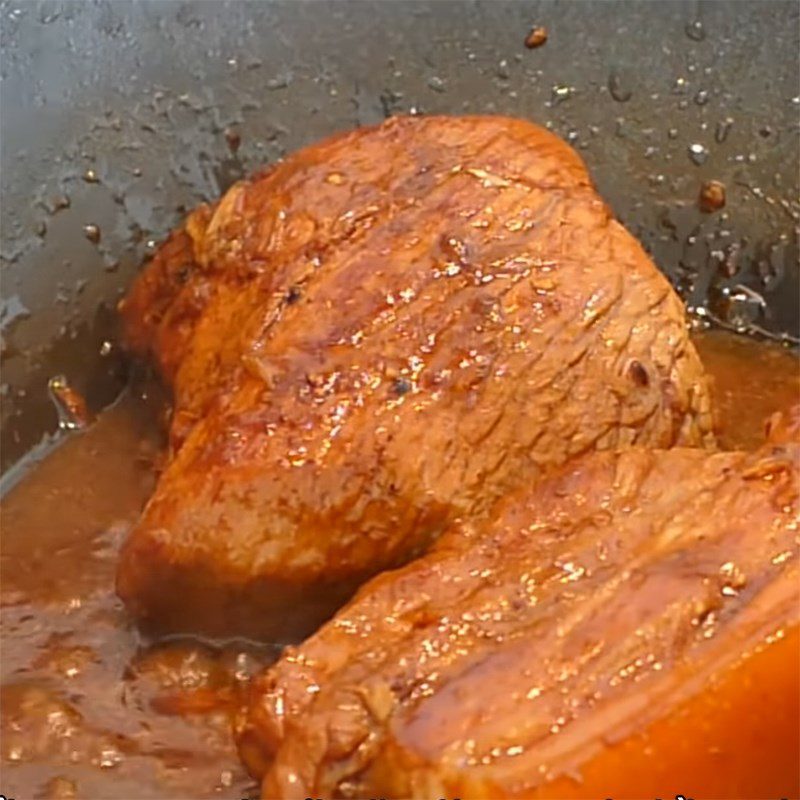
-
Cooking the Broth
You mix 2 cups of broth into the meat simmering sauce and boil for about 5 minutes to create the broth.
Note: To suit the dish, you should keep the heat low, maintaining the broth at a warm temperature rather than too hot.
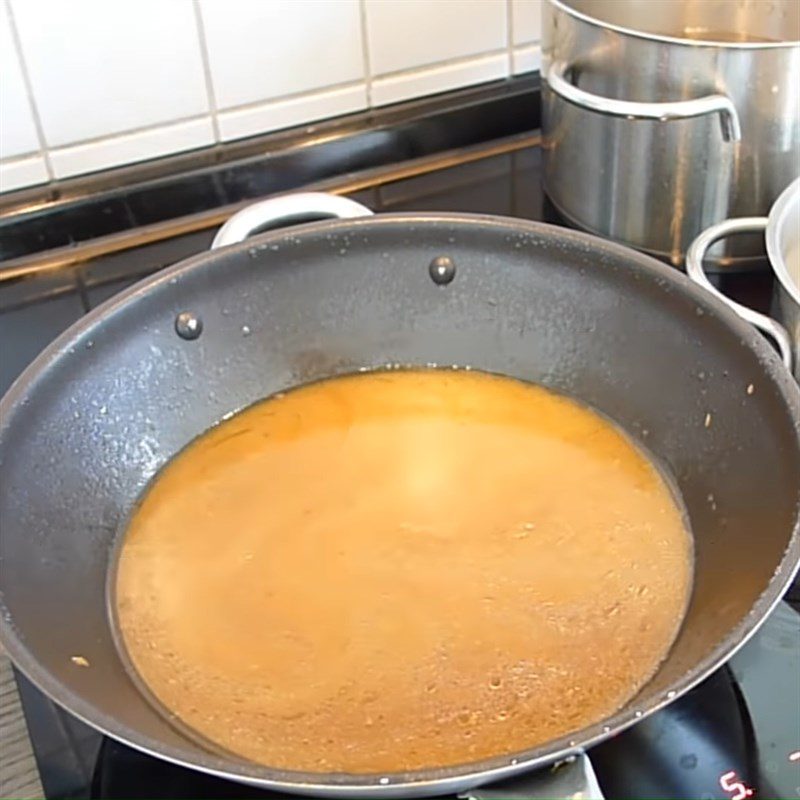
-
Completion
The meat, after being simmered until tender, is removed to cool and then sliced into thin pieces suitable for eating.
To present the dish, place a little fresh herbs and blanched bean sprouts in a bowl, add a bit of noodles (depending on whether you want a smaller or larger portion) that have been steamed with the sliced meat, and pour about 5 tablespoons of broth over it.
Tip: Depending on your taste, you can add spices, lime, or chili to make the dish more flavorful.
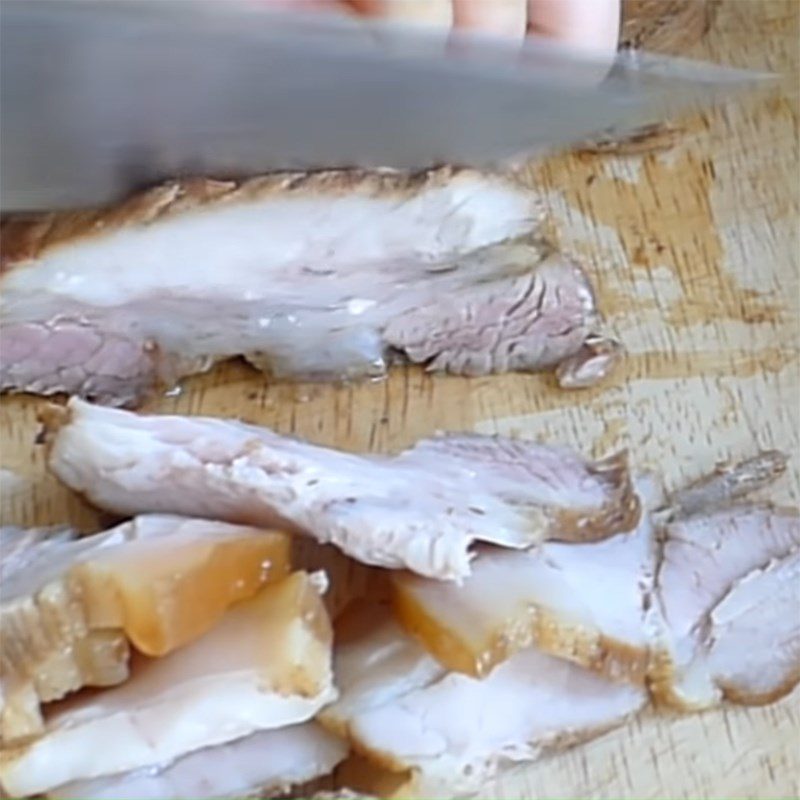
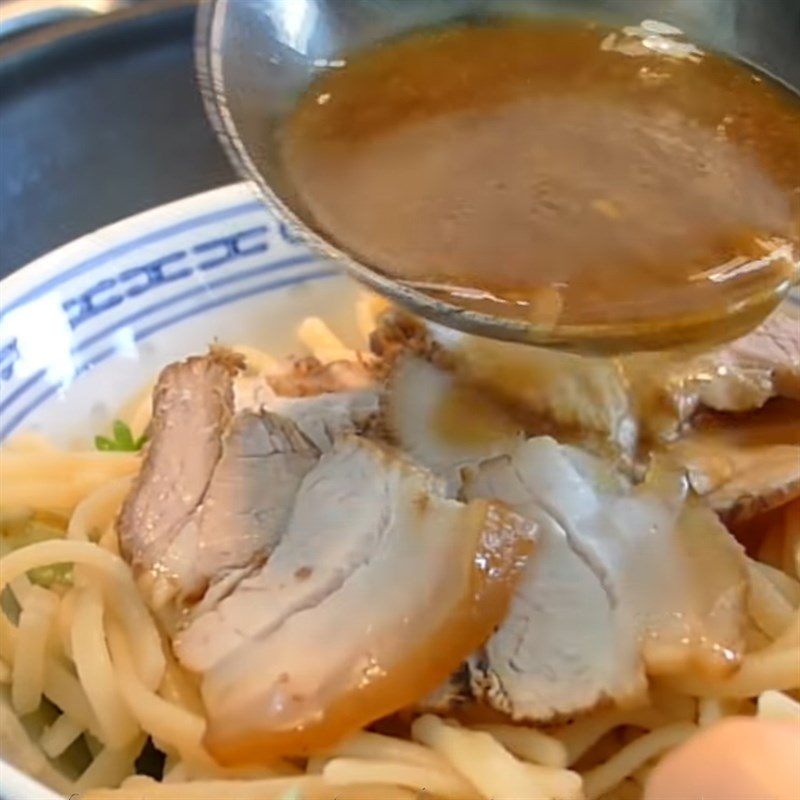
-
Final Product
The completed cao lầu dish will have the aroma of char siu pork, with tender, flavorful meat combined with thick noodles that have a slight chewiness, soaked in rich broth. The accompanying fresh herbs will help balance the slightly oily broth, bringing harmony to the dish.
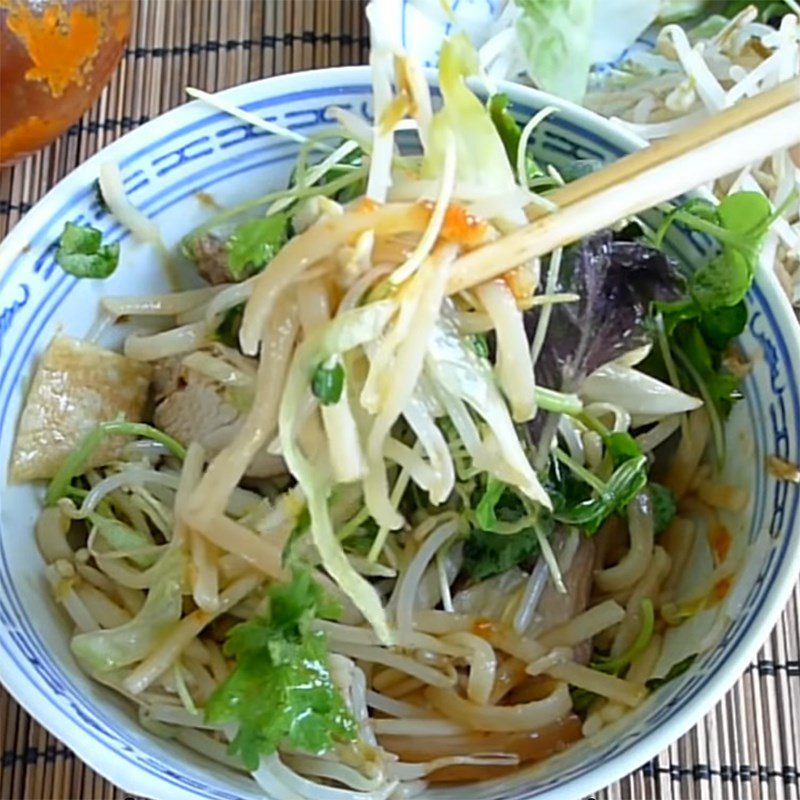
The origin of cao lầu
Cao lầu is a signature dish of the Quang Nam region and is considered a specialty of Hoi An. The dish is a harmonious combination of thick yellow noodles mixed with meat, shrimp, a bit of fresh vegetables, and bean sprouts, served with a rich broth simmered from pork bones.
The dish originated in the 17th century. During this time, Japanese and Chinese merchants flocked to Hoi An port for trade. They brought with them their unique culinary cultures from different regions, and the creation of cao lầu is the result of the blending of these cuisines.
Over time, cao lầu has gradually been modified to suit Vietnamese cuisine, while also forming unique characteristics with ingredients and flavors that are distinctly Central Vietnamese.
Regarding the name of the dish, it seems to describe how this dish was served in ancient times. Cao lầu can be understood as “a sumptuous dish served on a high platform.” Diners can enjoy the flavors of the dish while also taking in the beauty and vibrancy of Hoi An.
See more:
With cao lầu dish, you and your family will have a distinctive meal rich in the flavors of Central Vietnam, Quang region. Wishing you success in your cooking!
*Refer to the recipe and images from the YouTube channel Helen’s Recipes (Vietnamese Foods) and Tina Cuộc Sống Mỹ.
